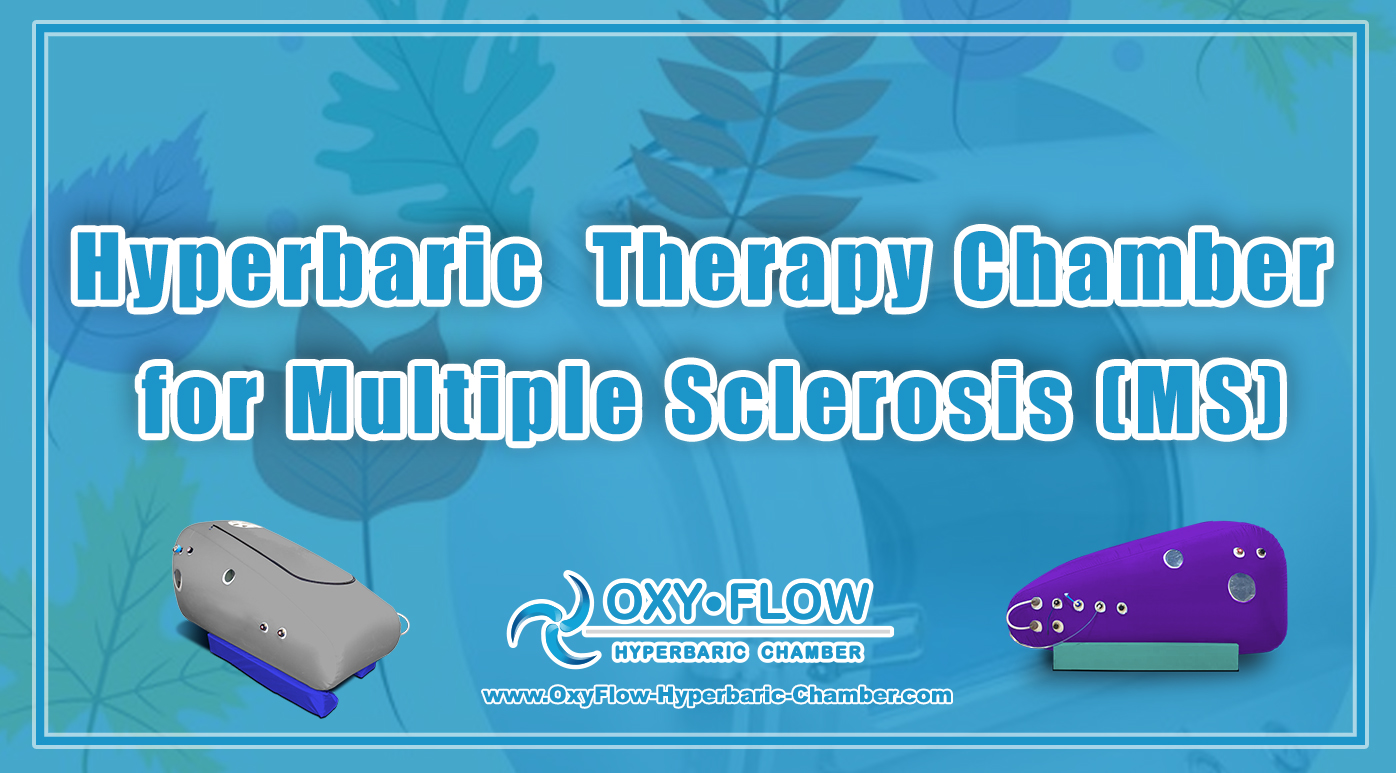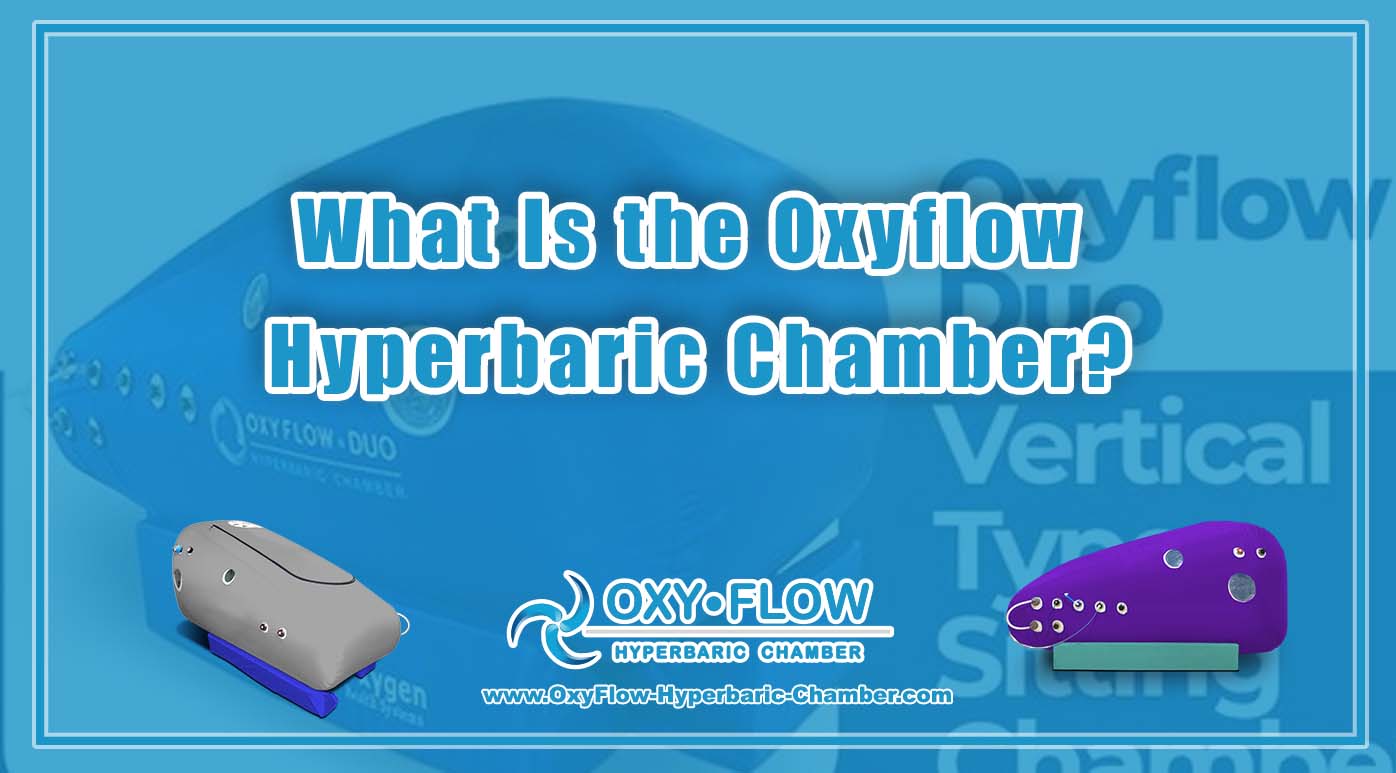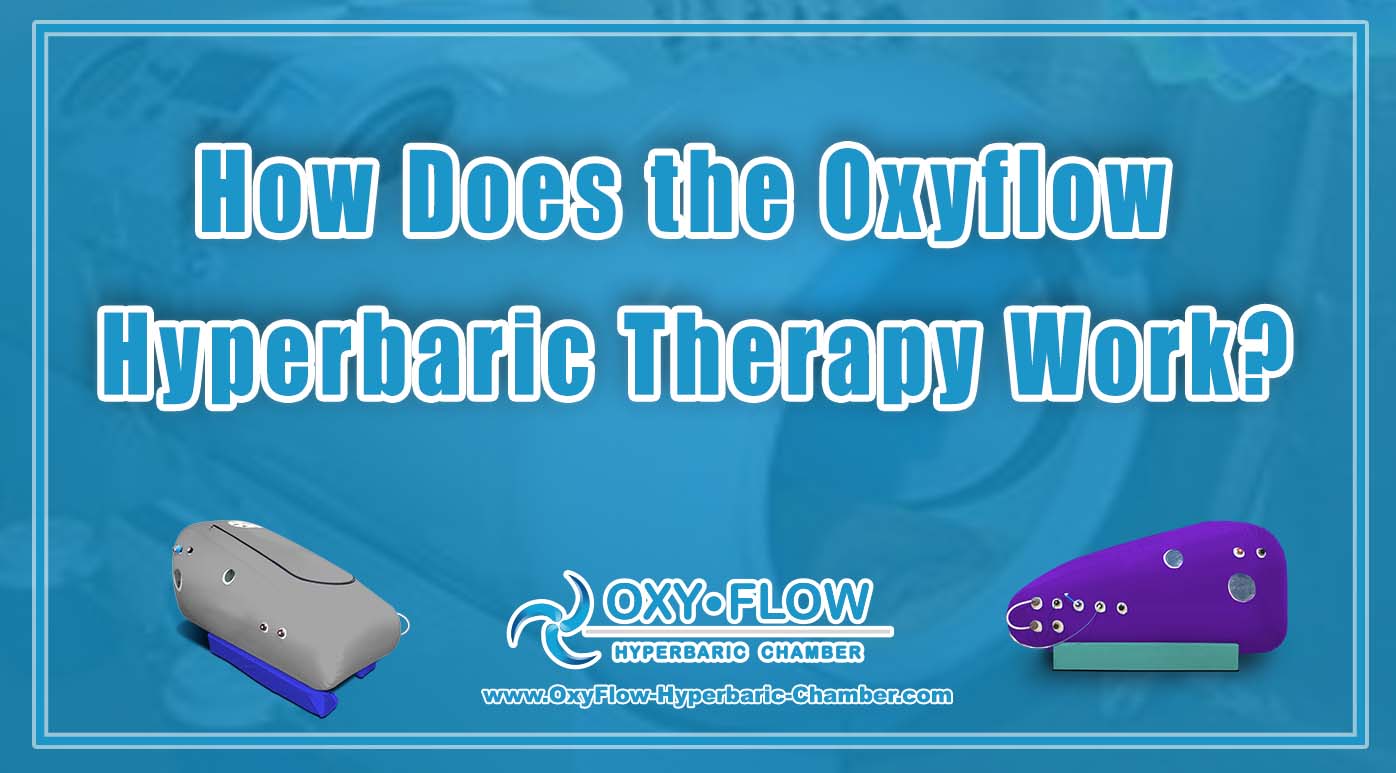
Hyperbaric Therapy Chamber for Multiple Sclerosis (MS)
Hyperbaric Therapy Chamber for Multiple Sclerosis (MS)

Hyperbaric Therapy Chamber Multiple Sclerosis (MS) is a chronic condition that affects the central nervous system. It can lead to a wide range of symptoms, including fatigue, difficulty walking, and problems with coordination and balance. There is no cure for MS, but various treatments and therapies can help manage the symptoms and improve the quality of life for those living with the condition.
One emerging therapy that has shown promise for individuals with MS is hyperbaric oxygen therapy (HBOT). This treatment involves breathing in pure oxygen in a pressurized chamber, which can help increase the amount of oxygen in the blood and tissues. The increased oxygen levels can promote healing and reduce inflammation, which are both key factors in MS management.
So, how does a hyperbaric therapy chamber work for individuals with MS? Let’s take a closer look at the potential benefits and considerations of this therapy.
How Hyperbaric Therapy Chamber Works for MS.
In a hyperbaric therapy chamber, individuals with MS are exposed to pure oxygen at levels higher than atmospheric pressure. The increased pressure allows the body to absorb more oxygen, which can aid in the repair and regeneration of damaged tissues and reduce inflammation in the nervous system. This, in turn, may help alleviate some of the symptoms associated with MS, such as fatigue and cognitive difficulties.
Studies have shown that HBOT can improve neurological function and quality of life for individuals with MS. It can also enhance immune function, increase energy levels, and promote healing of wounds or lesions associated with the condition.
Considerations for Hyperbaric Therapy Chamber.
While HBOT shows potential benefits for individuals with MS, there are some important considerations to keep in mind. One of the main considerations is the frequency and duration of the therapy sessions. HBOT typically involves a series of sessions over several weeks, with each session lasting anywhere from 60 to 90 minutes. Individuals with MS need to discuss the potential benefits and risks of HBOT with their healthcare provider to determine the appropriate treatment plan for their specific needs.
Another consideration is the cost and accessibility of hyperbaric therapy chambers. While some healthcare facilities offer HBOT, it may not be readily available in all areas. Additionally, the cost of the therapy sessions can be a barrier for some individuals, as insurance coverage for HBOT may vary. Individuals with MS need to explore their options and discuss potential financial assistance with their healthcare providers or support networks.
Conclusion.
Hyperbaric oxygen therapy shows promise as a complementary treatment for individuals with MS. The increased oxygen levels in the body can promote healing and reduce inflammation, which are both important factors in managing the symptoms of MS. While more research is needed to fully understand the impact of HBOT on MS, the early findings are encouraging.
As with any treatment approach, individuals with MS need to work closely with their healthcare provider to determine the best course of action for their specific needs. By exploring the potential benefits and considerations of a hyperbaric therapy chamber, individuals with MS can make informed decisions about their treatment plans and ultimately improve their quality of life.


